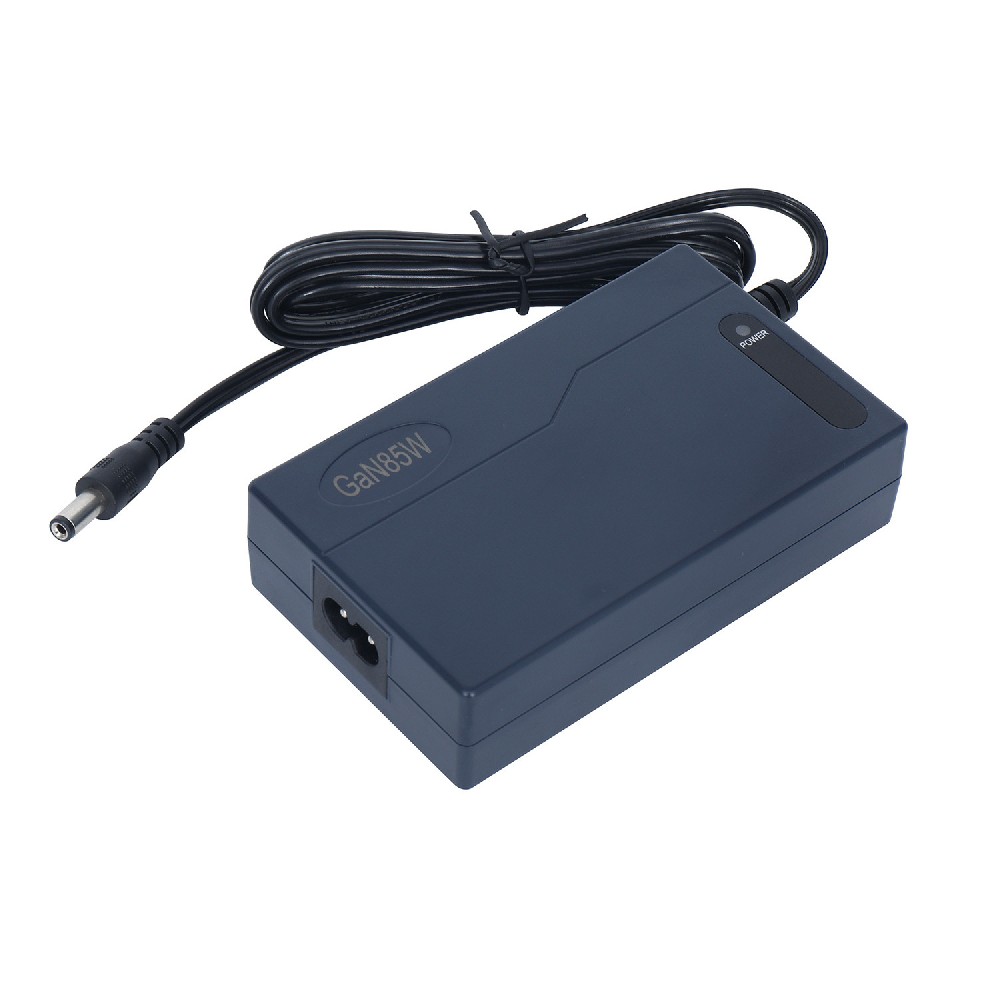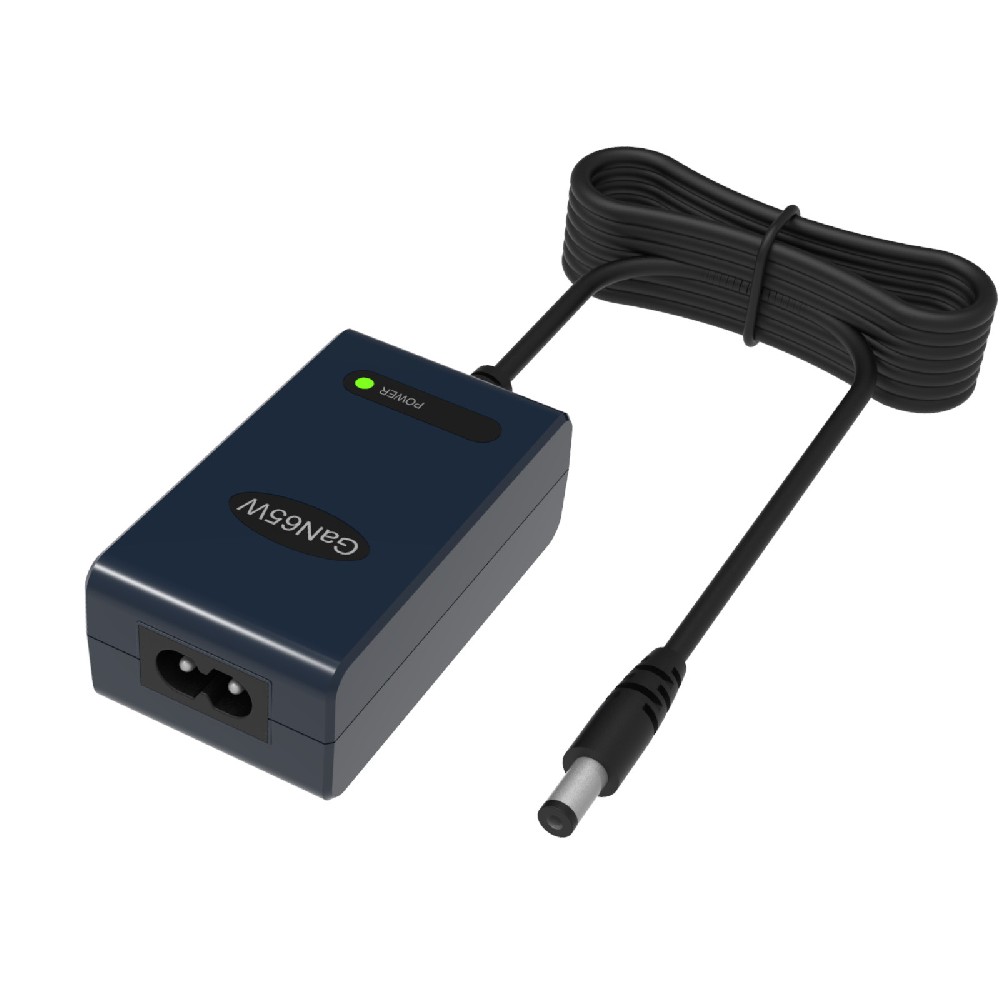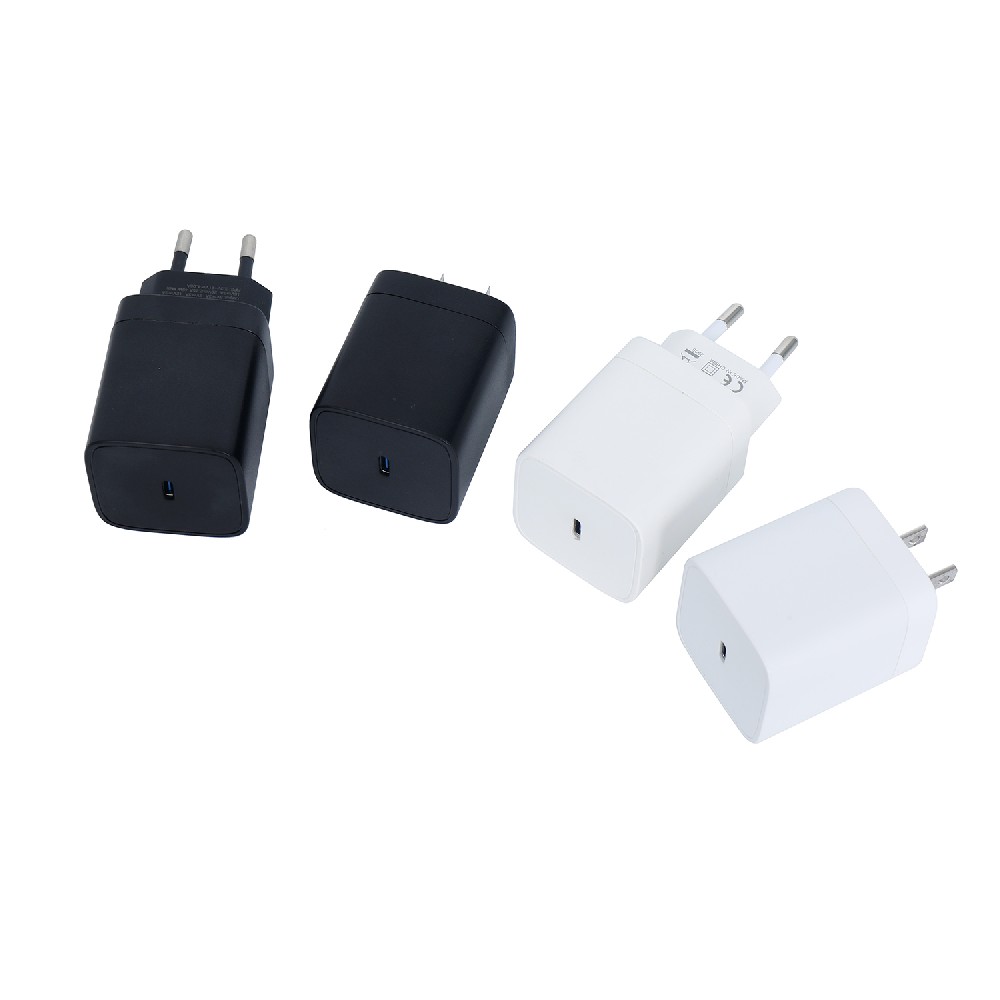Information Center
Why a Well-Designed Battery Charger Circuit is Crucial for Your Devices: Ensuring Safe and Efficient Charging for Longer Battery Life and Better Performance
Published:2023-08-26 20:32:58 Author:Green WCND Views:55Battery Charger Circuit: How It Works and Why It Matters
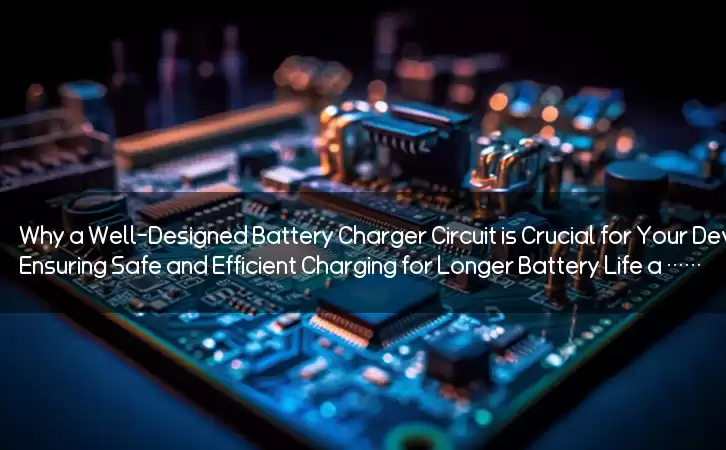
In our modern world, batteries are an essential part of our daily lives. We use them in our smartphones, laptops, and other electronics, and they power our electric cars and homes. To keep our battery-powered devices charged and ready, we rely on battery chargers. A battery charger circuit is a crucial component in any device that uses rechargeable batteries.
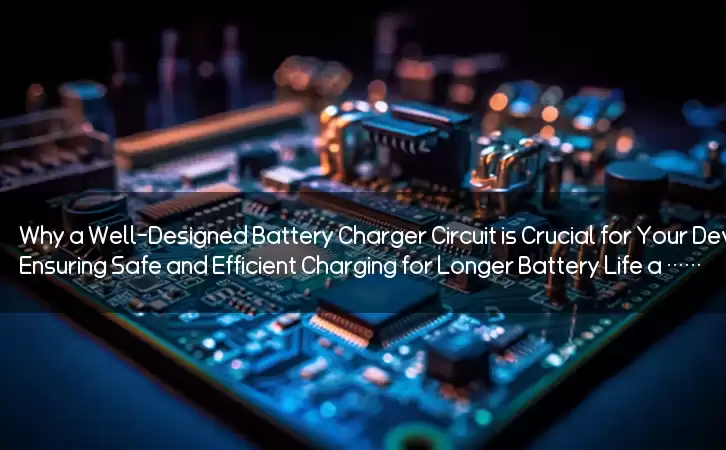
What is a Battery Charger Circuit?
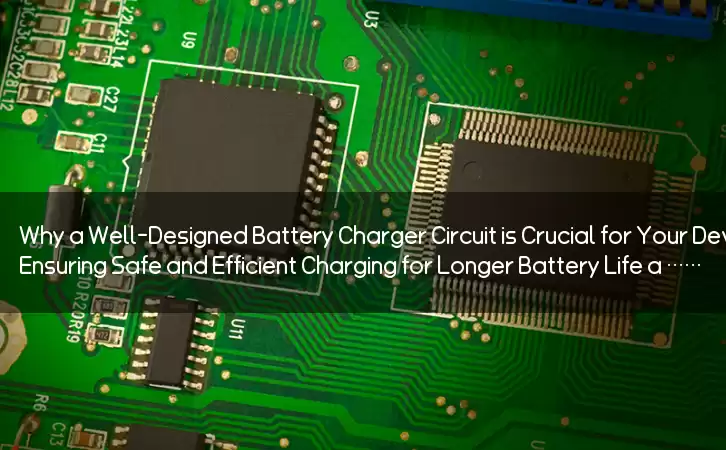
A battery charger circuit is an electronic circuit that controls how much current is sent to a battery to recharge it. The circuit regulates the voltage and current to ensure the battery is charging in a safe and efficient manner. Battery chargers can be either AC or DC, depending on the type of battery being charged. Some battery chargers are built into the device, such as a smartphone charger, while others are standalone devices for charging multiple batteries at once.
How does a Battery Charger Circuit Work?
A battery charger circuit works by converting AC or DC power into a voltage and current that can safely recharge a battery. The circuit first converts the incoming power into a high-frequency AC signal, which is then rectified into a DC voltage. The DC voltage is then regulated by the circuit to ensure that the battery is charging at the right voltage and current levels.
There are two main types of battery chargers: constant voltage and constant current. A constant voltage charger charges the battery at a fixed voltage level, while a constant current charger charges the battery at a fixed current level. Some chargers combine both types of charging, known as constant voltage/constant current (CV/CC) chargers.
Why is a Battery Charger Circuit Important?
A battery charger circuit is essential for keeping our battery-powered devices functioning properly and safely. Without a proper charger, batteries can overcharge, which can lead to heat buildup and potentially dangerous situations. Overcharging a battery can also shorten its lifespan and reduce its overall capacity.
Additionally, a well-designed battery charger circuit can help improve battery performance. By providing the right voltage and current levels during charging, the battery can be charged more efficiently and safely, resulting in longer battery life and better performance.
In conclusion, a battery charger circuit is a critical component in any device that uses rechargeable batteries. By controlling the voltage and current during charging, the circuit ensures that the battery is charging safely and efficiently. A properly designed battery charger circuit can help improve battery performance and extend its lifespan, making it an essential part of our daily lives.
Power Adapter Design and Customization Guide for Portable Electric KettlesI. Common Design Types for Portable Electric Kettle Power AdaptersPortable electric ke···
I. Common Design Types of Power Adapters External Independent Type (Most Common) Design: A standalone adapter (e.g., "black brick") connected to the p···
Handheld Vacuum Cleaner Power Adapter Selection GuideIntroductionHandheld vacuum cleaners have become a mainstream tool for household cleaning due to their port···
Drill Power Adapter Selection Guide.drill-container { font-family: Arial, sans-serif; line-height: 1.6; max-width: 800px; margin: 0 auto; padding: 20px; } .dril···
